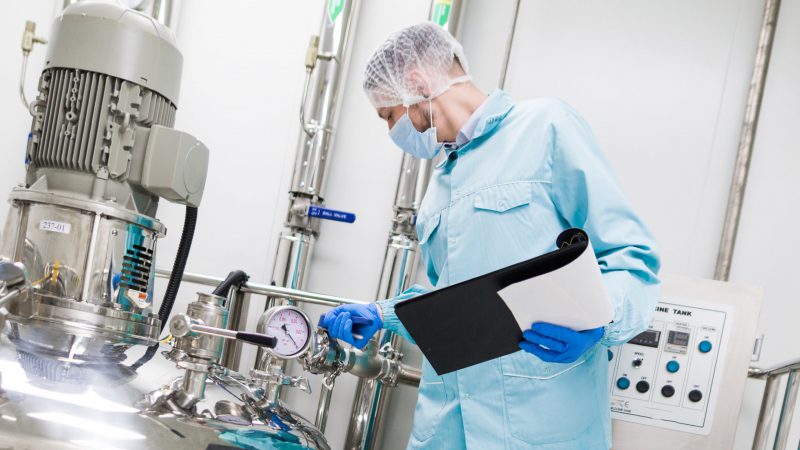The present invention relates to the generation and use of ultrathin hydrophilic nanomembranes with mesopores. These new membranes differ from conventional membranes by their irregularly shaped bottom and stability as well as their excellent separation properties of proteins of different sizes. The new nanomembranes can now also be produced by dip-coating processes, which are advantageous for large-scale production.
Background
Membranes are widely applied in many industrial areas. However, due to the thickness of the membranes the transport of biomolecules across a membrane is impeded by the relatively long transport times. Nanomembranes, in contrast, provide ultra-fast diffusion times and speed up the transfer of biomolecules significantly. Difficulties in production, the fragility, and hydrophobicity of current nanomembranes prevented their widespread use. Especially for mass production the sophisticated production processes represent a barrier for wider application. Ultrathin membranes with mesopores offer highly desirable characteristics for separation tasks regarding selectivity and mass transport of proteins. Their potential applications are separation devices in microfluidics, diagnostics, sensing and also high precision large scale separations for pharmaceutical formulation.
Technology
The ultrathin nanomembranes are made of a 2-component system with an epoxy resin. The novolac resin is cured with branched polyethylenimine to form a covalently crosslinked polymer membrane with pores that span the entire thickness. The resulting membranes are hydrophilic and therefore suitable for applications with biological fluids., with a thickness of 75 nm and 40 nm pores. Mechanical testing of the highly flexible but robust thin films revealed an ultimate tensile strength of 15 MPa and a biaxial modulus of 0.8 GPa. The pore formation relies on micro-phase separation of the curing agent during casting and the selective dissolution of the emergent nanodomains which serve as pore templates. Proteins with a diameter of less than 12 nm can diffuse through the pores and permeation rates are pH dependent. The use of the ultrathin nanomembranes allows for ultra-high speed diffusion of biomolecules, as well as selective transport of compounds. The entire fabrication process has been transferred to a dip coating approach, which is more suitable for a potential large scale production.
Benefits
- Hydrophilic polymers suited for biological systems High degree of porosity
- Ultra-fast diffusion times
- Selective transport of compounds
- Large scale production

